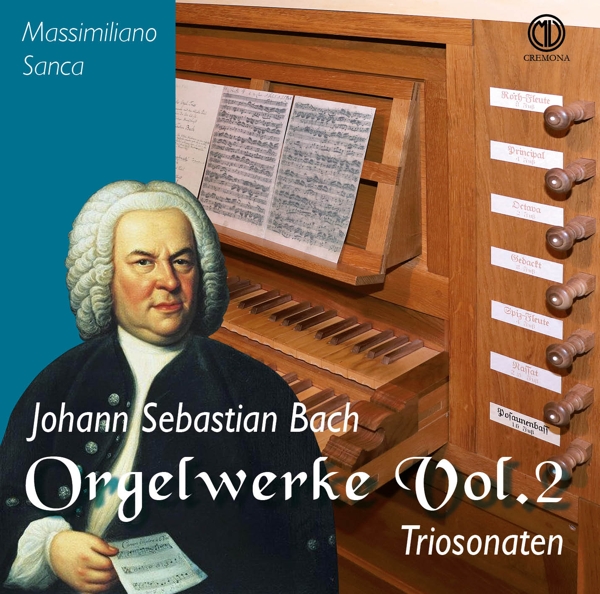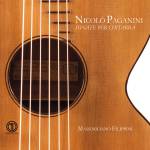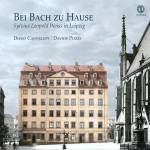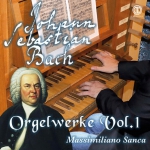Zubehör |
Mein Konto
|
Anmelden
|
Deutsch |
€ Euro |
erweiterte Suche
|
Alle Kategorien
BEST SELLER
500
NEUHEITEN
9.144
ANGEBOTE
227.180
Bisherige Auswahl:
keine Auswahl
Ergebnis einschränken:
TECHNIK
266.153
MUSIK
713.839
- 60er Jahre
261
- Asia Pop
9.518
- Austro Pop
210
- Brit Pop
241
- Dutch Pop
1
- Euro Pop
39
- French Pop
560
- Indie Pop/Lo Fi
24
- Italo Pop
283
- Latin Pop
6.863
- MiddleoftheRoad
2.498
- Oldies
62
- Party
33
- Sonst.Pop
232.231
- Synthi Pop
319
|
Musik Filme Hörbücher Merchandise Kinder |




















